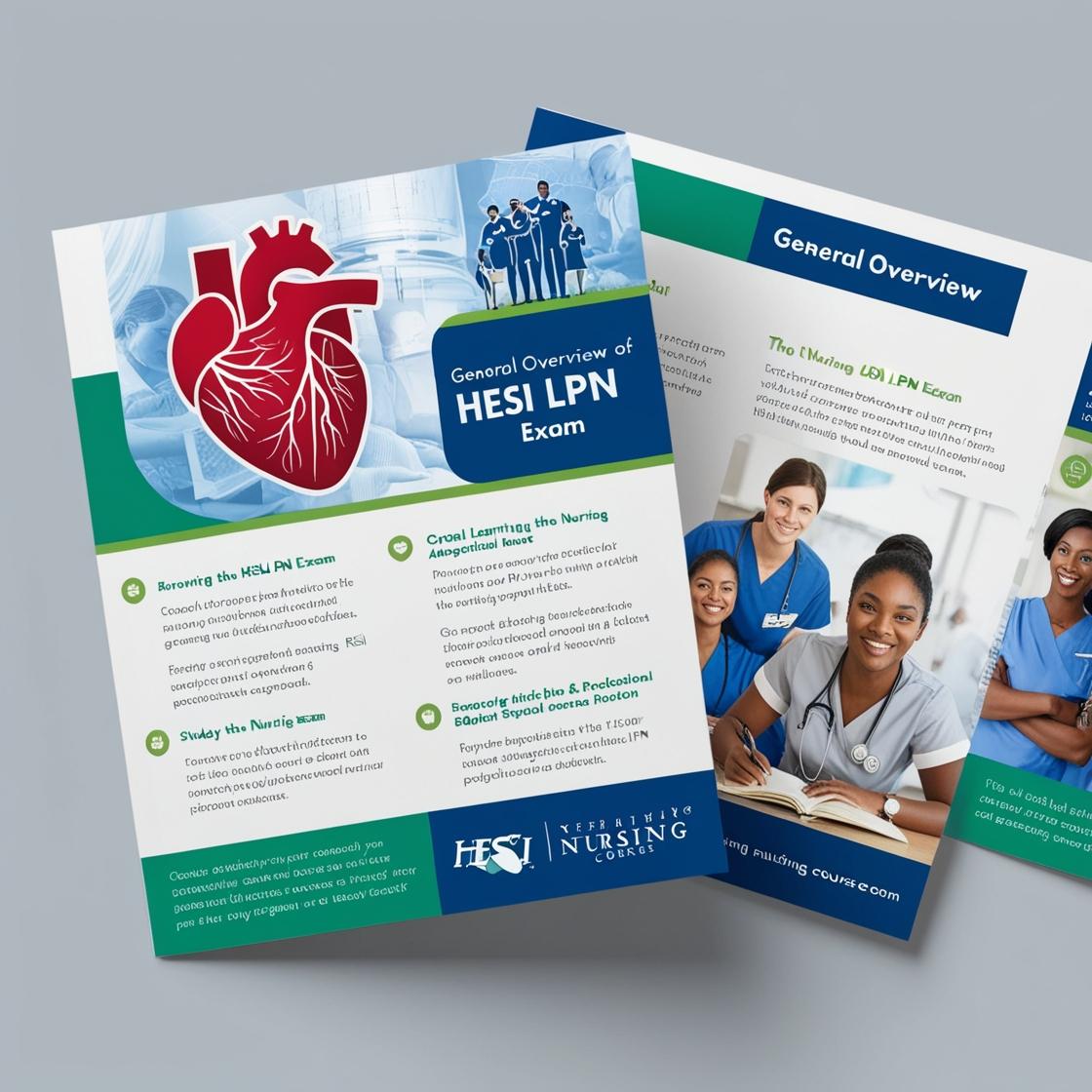HESI LPN
HESI PN Nutrition Practice Exam
1. What is the primary symptom of a urinary tract infection in young children?
- A. Frequent urination
- B. Abdominal pain
- C. Vomiting
- D. Fever
Correct answer: D
Rationale: The correct answer is D, Fever. In young children, fever is a common primary symptom of a urinary tract infection, often accompanied by irritability and discomfort. Frequent urination (Choice A) is a symptom more commonly seen in adults with UTIs. While abdominal pain (Choice B) and vomiting (Choice C) can be present, they are not as primary as fever in young children with UTIs.
2. How should a healthcare provider address concerns about a child’s developmental milestones?
- A. Recommend delaying intervention until school age
- B. Provide resources for early intervention services
- C. Suggest dietary changes
- D. Avoid further assessment
Correct answer: B
Rationale: Correct Answer: Providing resources for early intervention services is crucial for addressing developmental concerns and supporting the child's growth and development. Early intervention is key to improving outcomes. Recommending delaying intervention until school age (Choice A) is not advised as addressing issues early leads to better results. Suggesting dietary changes (Choice C) is not the primary approach to addressing developmental milestones. Avoiding further assessment (Choice D) can impede the timely identification and management of developmental delays.
3. Following diarrhea, which foods should be offered to the school-age child?
- A. Apricots and peaches
- B. Chocolate milk
- C. Applesauce and milk
- D. Bananas and rice
Correct answer: D
Rationale: After a bout of diarrhea, it is important to offer foods that are gentle on the stomach and help in recovery. Bananas and rice are commonly recommended as they are easily digestible and can help firm up stools. Apricots, peaches, and applesauce may be too acidic and fibrous, potentially aggravating the stomach. Chocolate milk is high in sugar and can worsen diarrhea due to its lactose content.
4. How should a healthcare provider address a child's concerns about a new medical diagnosis?
- A. Provide clear and age-appropriate information
- B. Avoid discussing the diagnosis
- C. Refer to a specialist immediately
- D. Suggest seeking alternative therapies
Correct answer: A
Rationale: Correct answer: Providing clear and age-appropriate information is crucial when addressing a child's concerns about a new medical diagnosis. Children often feel anxious and confused when faced with health issues, so offering them information in a way they can understand helps alleviate their fears and empowers them to cope better. Choice B is incorrect because avoiding discussing the diagnosis can lead to increased anxiety and uncertainty in the child. Choice C is incorrect as referring to a specialist immediately may not be necessary at the initial stage of addressing the child's concerns. Choice D is incorrect as suggesting alternative therapies without providing proper information about the medical diagnosis may not be suitable or effective.
5. What is a common clinical manifestation of Kawasaki disease?
- A. Severe headaches
- B. High fever lasting more than 5 days
- C. Chronic cough
- D. Severe abdominal pain
Correct answer: B
Rationale: A high fever lasting more than 5 days is a common clinical manifestation of Kawasaki disease. This fever is often accompanied by other symptoms such as rash and conjunctivitis. Severe headaches (Choice A), chronic cough (Choice C), and severe abdominal pain (Choice D) are not typically associated with Kawasaki disease, making them incorrect choices.
Similar Questions

Access More Features
HESI LPN Basic
$69.99/ 30 days
- 50,000 Questions with answers
- All HESI courses Coverage
- 30 days access @ $69.99
HESI LPN Premium
$149.99/ 90 days
- 50,000 Questions with answers
- All HESI courses Coverage
- 30 days access @ $149.99
